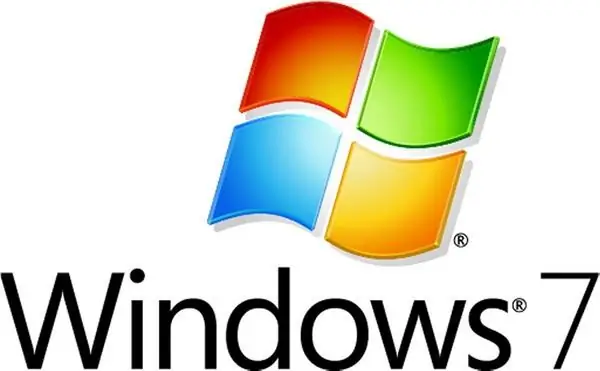Nearly all operating systems constantly check for software updates in the background. On the one hand, the use of the latest software significantly increases the security and stability of the system, but on the other hand, downloading updates can significantly hit the user's wallet if access to the Internet is performed at a limited rate. In this case, it is better to cancel the download of updates.

Instructions
Step 1
The user can choose whether or not to enable download of updates when installing the operating system. As a rule, this is done at one of the final stages of the installation. In this case, you can choose how to download and install updates, as well as cancel it permanently. If you cancel the download of updates, the system will constantly remind you of this with the help of tips pop-up from the system tray. Canceling the download of updates at the initial stage is one of the simplest ways to get rid of unnecessary traffic costs.
Step 2
In order to cancel the download of updates, which was previously enabled and successfully used, you need to go to the "Start" menu and right-click on the "My Computer" line. In the context menu that opens, select the "Properties" command. In the dialog box that appears, you will need to select the "Automatic Updates" tab and check the box next to the "Never download updates" line. This will cause the operating system to completely stop communicating with the developer's website, and updates will never be downloaded.
Step 3
Disabling automatic download of updates will result in constant reminders of the operating system that it is under threat. Even if you decide to disable updates in order to save traffic, still try to update the system as often as possible to protect it from various threats. Operating system updates can also be installed offline - some popular magazines have applications in the form of CDs, which often contain service packs for various operating systems.






